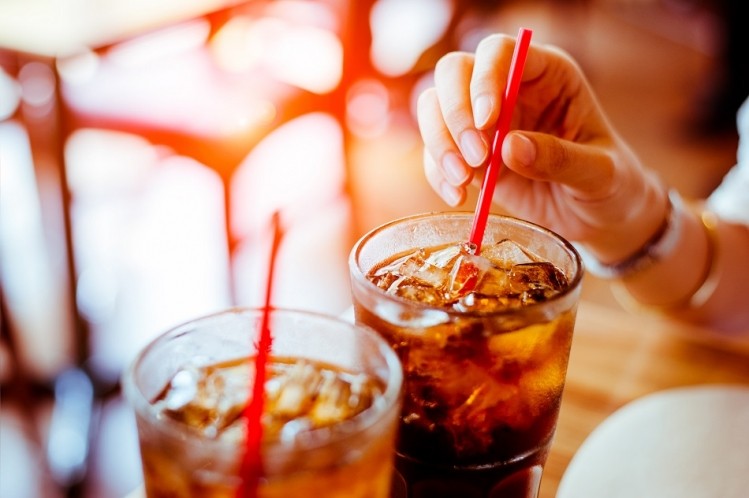Why are 16g non-threaded CO2 cartridges required for beer dispensers?
In breweries, beers are canned and packaged with a particular level of carbonation. When done on that scale, each beer must normally adhere to certain standards before being distributed.
When employing beer dispensers, though, this can become a little challenging. Additionally, they contain a specified amount of CO2 when packaged, but this ratio may change once they are utilised.
Because of this, beer dispensers must utilise 16g non-threaded CO2 cylinders to keep the right balance of CO2 to preserve flavour and sustain pouring pressure.
How Carbonation Is Produced
Beers are naturally carbonated when prepared, even though they are not frequently grouped alongside excessively bubbly beverages like soda or sparkling water. Contrary to popular belief, carbonated drinks are quite simple.
The liquid, in this example, beer, and CO2 are being combined under pressure.
The result is a drink slowly releasing carbon via those little bubbles rising to the top of the drink because the pressure will compel the two to mix.
Certain types of beers may have variable levels of carbonation. As a result, there isn’t a set quantity of CO2 that all beers must use. However, compared to a hefty ale, a light lager will likely have a lot more CO2.
Like soda, the CO2 will eventually escape and leave the beverage flat. So the beer loses all of its carbonation over time, but it takes longer with beer than with soda.
This typically isn’t a problem when using a can or bottle. No need to be concerned about the drink getting flat later because you will likely be finishing it as soon as you open it.
You should consider this when purchasing a beer dispenser with a keg system because it could take a few days to complete. In addition, even though the beer may be packaged carbonated if nothing is done, some of that will be lost as it is dispensed.
Why More Carbon Dioxide Is Required
Some beer kegs you might see at a barbecue using a party pump for a tap. These are fantastic for small parties when you know the entire keg will be consumed. However, bars and restaurants don’t employ these.
This is because it increases the pressure when you use it to pump oxygen into the tap. The tap’s ability to release beer under more pressure. This presents a challenge because adding air to the keg will cause the beer to lose its flavour.
Imagine opening a beer bottle, letting it sit for two days, and then drinking it. That is comparable to what would happen to a party pump-operated keg after a few days.
Due to this problem, there is an additional method of maintaining keg pressure without pumping oxygen. Kegs can be connected to pressurised carbon dioxide to keep their proper carbonation and pressure for pouring.
There are numerous possible configurations. Small, portable kegs and at-home beer dispensers, which have become incredibly popular in recent years, are perfect for CO2 cartridges because of their size. In addition, the beer cartridge and dispenser will be easily portable—fewer beer results in less CO2 being required to pressurise.
However, because CO2 cartridges lack a gauge, they will not be able to maintain the exact ideal pressure for the beer dispenser. On the other hand, since there is less beer in the keg, it should be consumed quickly.
The trade-off for using little beer dispenser cartridges with your at-home beer dispenser rather than large Co2 bottles with pressure regulators, hoses, etc., is that there might be a little flatness near the end.
For long-term storage of larger containers, it is better to use entire CO2 tanks. Depending on the dispenser they need to maintain carbonation, tanks can be found in various sizes.


